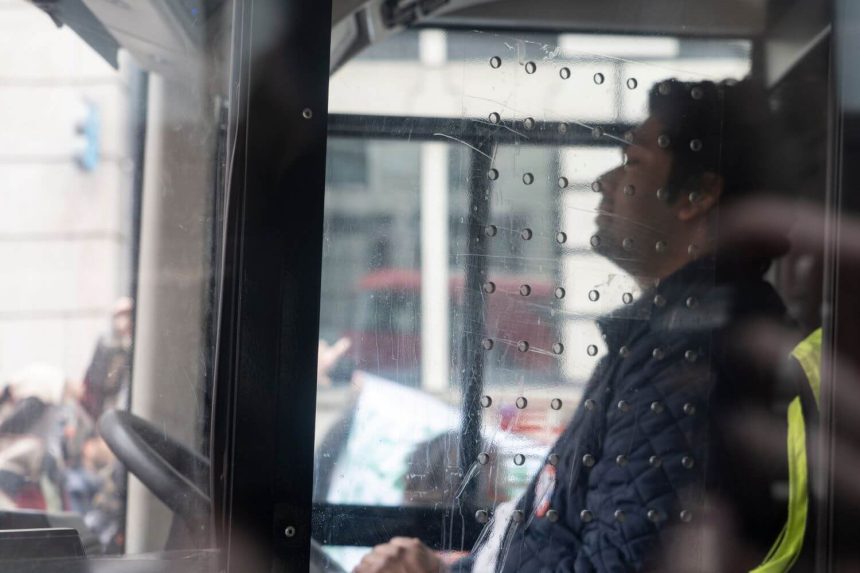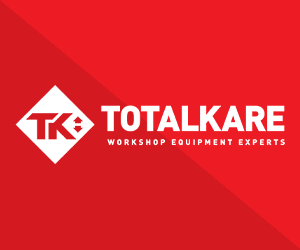The industry has responded to union Unite’s demands for better protection for bus drivers. Last month, the union reported findings from its own survey of drivers, following an alleged assault in February at Elgin that led to the death of Stagecoach North Scotland driver Keith Rollinson.
Unite says that its research revealed 82% of respondents had suffered abuse last year. The survey of 1,800 drivers found that more than half said they did not report incidents to their employer and that 79% felt that abuse had increased in the past year.
The union has called on the government to introduce legislation that would make it a specific offence to assault, threaten or abuse transport staff while at work.
It also published an extensive “roadmap” for driver safety, which includes: de-escalation training for all staff, regularly audited onboard CCTV, audible panic buttons on vehicles, cab doors with a robust internal locking system, police radios in all traffic offices, security personnel with stab vests and body cameras in all bus stations, higher police presence in areas of greater concern, and a mechanism for companies to identify those causing issues.
Wide approach called for
Confederation of Passenger Transport (CPT) Scotland Director Paul White believes the issue of antisocial behaviour needs to be addressed via a multi-pronged approach from operators, unions, local and national government, and the police.
“Antisocial behaviour has been on the rise across the UK in different situations, not just public transport,” he says.
“We look to see where we can share good practice and we’re working with the likes of Unite and Police Scotland to consider what steps we can take to reduce instances and deal with them. We have a safety committee that is looking also at how we collect data on this and provide a snapshot of what’s happening across the UK.”
Damning citations
However, Unite, in implying operators are not taking complaints seriously, quoted several anonymous, highly critical comments from drivers. Among them was this: “Incidents of driver abuse are hidden from other employees and drivers who could come into contact with them on similar routes.”
Another citation says: “The company does not take verbal abuse seriously — racial abuse even more so. I have put in numerous written reports, and they were not followed up.”
routeone invited Arriva, First Bus, Go-Ahead, Lothian, National Express and Stagecoach to outline their processes to protect staff. Of those that responded, all chose to defer to CPT’s collegiate response, except National Express West Midlands. There, a spokesperson replies: “Our colleagues have the right to work without fear of assault or intimidation and we do not tolerate abuse of any kind levelled against our team.
“We take driver safety and welfare very seriously and have a wide range of programmes to ensure our drivers are supported. We carry around 600,000 customers on our buses every day with minimal disruption. However, sadly, incidences of antisocial behaviour are increasing, and we are working hard across the sector to tackle the issue.
“All 1,600 of our vehicles are fitted with up to 12 CCTV cameras and we have worked closely with West Midlands Police through the Safer Travel Partnership to introduce Transport Safety Officers on our network. By sending out uniformed officers along with inspectors, it helps create a safer transport network.”
Legal obligations
From a legal point of view, operators should have a clear policy in place when it comes to protection of staff, says JMW Solicitors, which has a specialist commercial road transport team.
“All operators have a duty under health and safety legislation to ensure, so far as is reasonably practicable, the health, safety and welfare of staff when at work,” says a statement from Laura Hadzik, Partner – Co-Head of Commercial Road Transport, and Laura Wharton, Partner, Employment Law.
It adds: “Operators should have a clear policy in place for dealing with these risks. This starts with an assessment of the risks and the identification of effective control measures to prevent and manage those risks.
“The policy should also include clear details of the process for reporting incidents, as well as an emergency protocol for handling those more serious incidents. Think about whether there is any technology that can be used to assist drivers — for example, alarms fitted to vehicles.
“Training is key and regular review of the policy is essential — particularly after any incidents, or reports of incidents — to ensure your protocols remain appropriate or if additional or different control measures are required.”



























